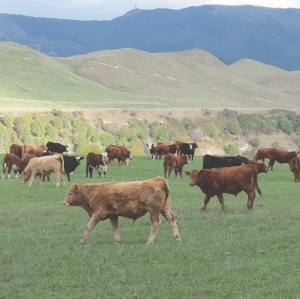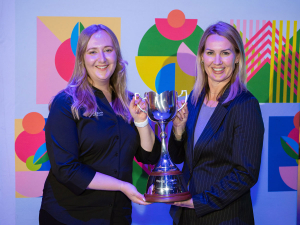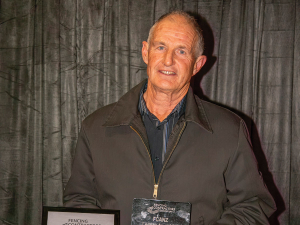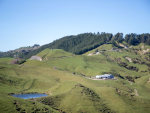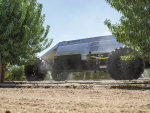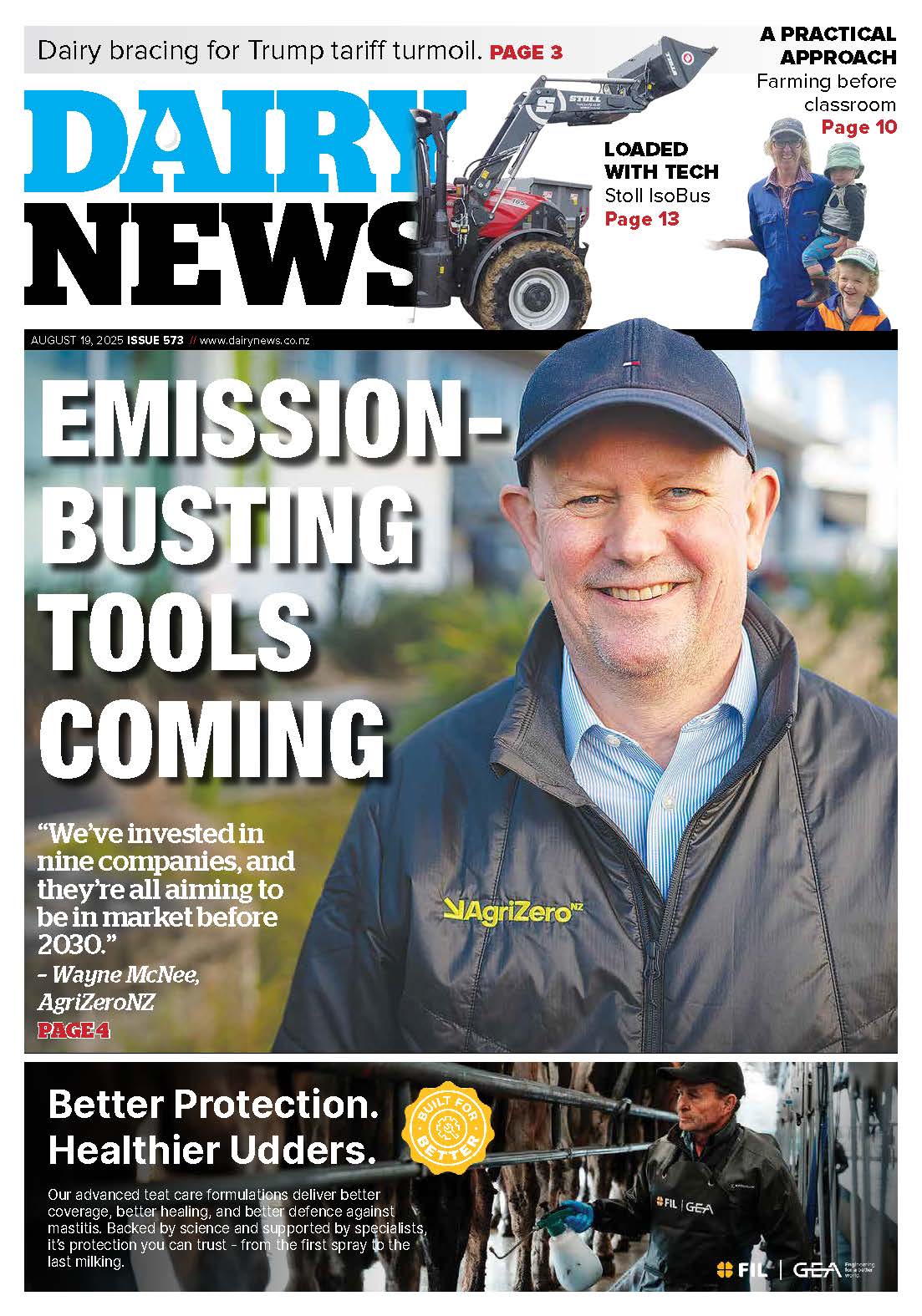THE FIRST thing that strikes you about Tarawera Station, 60km west of Napier on the Taupo road, is its size, scale and type of country.
Tarawera runs 30,000 stock units: a lot by pakeha farm standards, but about average for Maori units. The 20,000 sheep – 16,000 ewes and about 4000 hoggets – are Highlander composites, essentially a Texel x Finnish Landrace, with a dash of Romney. The 1,000 breeding cows are Red Stabiliser, again a high performing breed suited to the rugged country.
The station is owned by Te Awahohonu Forest Trust which in turn has 1150 shareholders or beneficial owners, receiving a mix of cash and other social dividends. The Trust took over farm operations in 1987 and has slowly but surely built the property to what it is today – a large-scale high-performance operation ranking highly against similar operations, even all other farms. For example, last year it returned 10.3% on capital and earnings before interest, tax and rent (EBITR) was $485/ha – well above the mean and just outside the top 20% for its class.
Farm manager is 34-year-old Carl Read-Jones. He’s a Wellingtonian who trained at Smedley College, then worked on a number of properties before taking on the Tarawera role 10 years ago. He says his objectives are to make the farm a profitable and sustainable business: that means turning a profit, but ensuring environmental matters are also prioritised.
Currently a key target is getting lambing percentage up from 137% to 150%. Calving is at 84% - the target is 90% by 2014. Read-Jones admits the drought, which has hit the station hard, could now make that a tough call.
Genetics are key component to plans to meet production goals, and why they settled with the Highlander flock.
“We initially had Romneys and while they scanned at up to 185% which is much the same as we get with the Highlander now, the Romney fell down when it came to the actually lambing percentage.
“Given the droughts and other events we’ve had here the lambing percentage with the Highlanders hasn’t been compromised.”
Soils are pumice-based, so require lots of rain, but inherent fertility means when it does rain grass “bounces back quickly.” Earlier this month they were still waiting for that to happen.
“Water historically isn’t an issue, but this year it has been,” says Read-Jones.
“We’ve worked it out that 570 hectares have had no water [for stock] at all.”
Stock have had to be given access to neighbouring paddocks to get to water.
“We have 1000 hectares that is reticulated and this is certainly been a huge help.”
A plan was already in place to reticulate water to dry paddocks before the drought: as we travelled the farm for the field day there was evidence of this on a farm of this size, contour and height it’s a hard and expensive task.
While the farm looked green, it was still in the grip of a ‘green drought’: covers were much lower than normal and with winter approaching, time running out.
“We have set trigger dates and acted on those.”
Decisions on what to do, and when, if rain doesn’t arrive in the interim, are made in advance.
“We started off [selling] trading stock and slowly worked our way up. Unfortunately we had to get into capital stock and whether we sell more will be dependent on what happens in the next month.”
Farm consultant Bob Cotterell has a dual role at the station, arguably a conflicting one: consultant and board member. However, it works for Trust and farm and he has vast experience working with Maori Trusts such as Te Awahohonu.
He see the challenges at Tarawera as the contour, access, especially to parts of the farm in winter, and the climate. This year’s drought is the worst he’s seen in nearly 50 years and accurate measurement of pasture growth and regularly updating feed budgets has taken on a whole new level of importance.
With feed covers low, stock numbers are down and during the field day farm tour just a few sheep in the distance were glimpsed.
“We have destocked quite considerably and are carrying about 1,600 less ewes than normal,” says Cotterell. We have no ewe hoggets – they have gone to one of our other farm – so we are probably back about 6,000 or 7,000 stock units on what we normally run.
“The bottom line is still going to be ok but the question is going to be, how can we maintain our capital stock numbers so that we have some impetus next year to go through a one year recovery rather than a four or five year recovery?”
Already some key decisions have been made. For a start, there will be no hogget mating. It simply hasn’t been successful at Tarawera and ewes will only be mated as two tooths. The other decision is to turn Tarawera into a breeding unit and finish lambs a farm called Gwavas which the trust now leases. Cotterell says it will mean better weights on lambs earlier lambs and build on the real strengths of Tarawera Station.
As winter approaches, Cotterell and Read-Jones are already focussed on spring, as well as working through the current drought.





